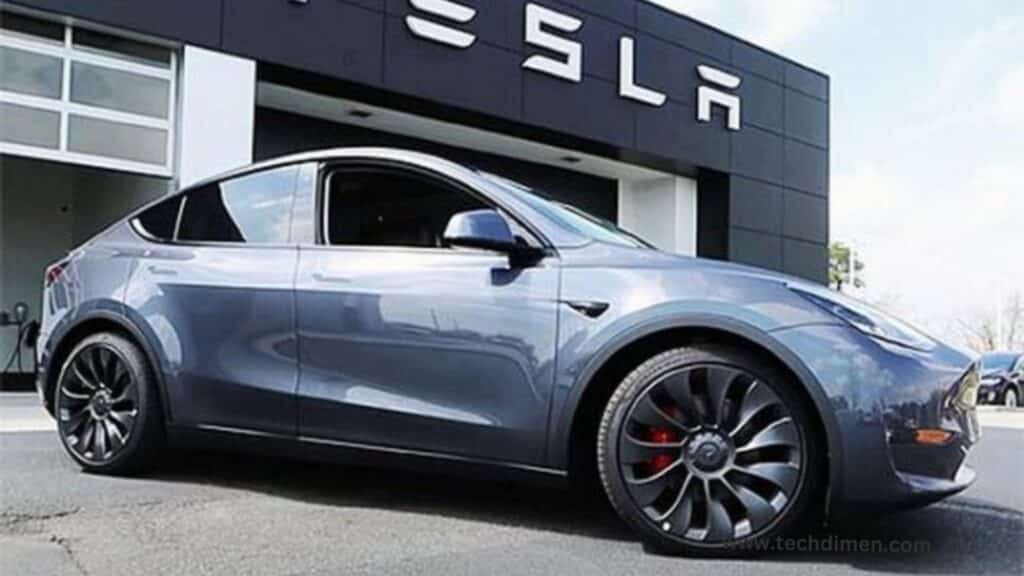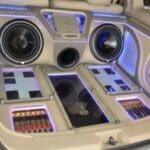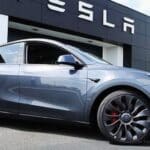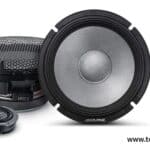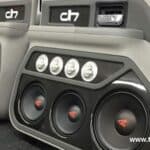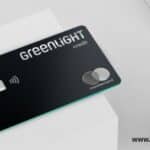TESLA BASS UPGRADE MODEL 3|Y vehicles are known for cutting-edge tech, sleek minimalism, and whisper-quiet cabins. But for all the innovation packed into these electric cars, there’s one area where many owners find Tesla falling short the sound system’s bass. Whether you drive a Model 3 or a Model Y, a Tesla bass upgrade can dramatically transform your audio experience from “just okay” to truly immersive.
Tesla’s sound systems offer decent clarity in the mids and highs, but when it comes to low-end performance, many drivers describe it as underwhelming, especially for music genres that demand deeper bass. This guide is designed for Tesla owners who want better sound whether you’re an audiophile, a casual listener, or someone who just wants more punch and depth in their music.
What Tesla Sound Systems Include and Where They Fall Short
TESLA BASS UPGRADE MODEL 3|Y offers three main types of sound systems across the Model 3 and Model Y. The Standard system comes in the base Model 3 Rear-Wheel Drive and includes six speakers without a dedicated amplifier or subwoofer. The Partial Premium system, found in some earlier Standard Range Plus and base Model Y trims, improves slightly with eight speakers and a basic amp, but still lacks a true subwoofer.
The Premium sound system is included in the Long Range and Performance trims. It features 14 speakers, including a rear-mounted subwoofer and two amplifiers. But even with this setup, the bass leaves many owners disappointed. The factory subwoofer is integrated into the rear quarter panel and typically features an 8-inch driver powered by around 100 to 200 watts RMS. While this may seem decent on paper, Tesla’s audio processing and cabin acoustics often dampen its performance. Bass is rolled off at higher volumes, and even in quiet environments, it doesn’t deliver the deep, tactile impact music lovers crave.
Why a Bass Upgrade Matters in Tesla Vehicles
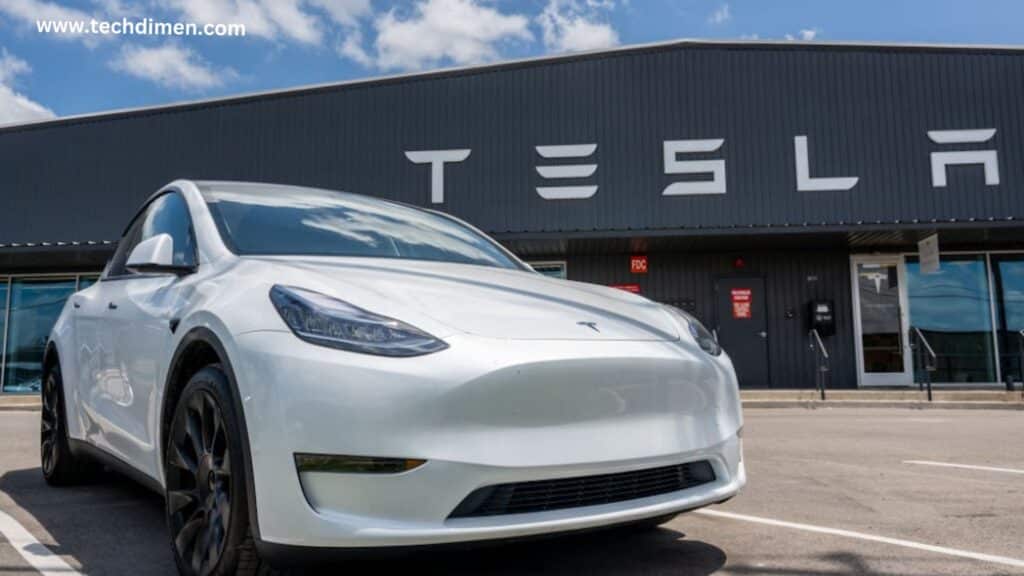
A well-executed Tesla bass upgrade isn’t about making your car shake although it can do that if you want. It’s about enhancing clarity, restoring balance, and bringing out the depth that’s missing in the stock system. Owners often notice that music sounds hollow or thin at highway speeds. Certain frequencies disappear entirely, especially when the system compensates for cabin noise using Tesla’s built-in equalizer algorithms.
Upgrading the bass brings music to life, especially in genres like hip-hop, EDM, metal, and even classical scores. Better low-end response can also improve overall clarity because properly tuned subs take pressure off full range speakers. The result is less distortion, more accurate sound reproduction, and a fuller, more enveloping soundstage.
Unique Challenges of Upgrading Bass in a TESLA BASS UPGRADE MODEL 3|Y
Tesla’s innovative design makes audio upgrades more complex than in traditional vehicles. The most obvious challenge is the absence of a standard head unit. All audio signals are routed through the central touchscreen and processed digitally via Tesla’s proprietary software and CAN-BUS system. This means there’s no easy access to RCA outputs or line-level signals for traditional amplifiers.
The 12V power system in Tesla vehicles is another hurdle. While it’s capable of supporting aftermarket amps, it’s not designed to handle extremely high loads. If your bass system pulls too much current, it can trigger errors or even damage the 12V battery if not wired properly.
Accessing the right signals is also tricky. Tesla’s wiring harnesses are tightly integrated, and tapping into speaker-level outputs requires precision. Even locating the factory subwoofer signal if your vehicle has one involves navigating through layered trim panels, some of which are delicate and require specialty tools to remove without damage.
Best Bass Upgrade Options for TESLA BASS UPGRADE MODEL 3|Y Model 3 and Model Y
Owners generally choose between two types of upgrades: plug-and-play kits or fully custom installations. Plug-and-play solutions are designed specifically for Tesla vehicles and come with everything needed for installation. They often include a matched subwoofer, amplifier, wiring harnesses, and sometimes a Tesla-specific DSP.
Among the most popular of these kits is the Light Harmonic subwoofer for Tesla, which integrates cleanly into the trunk area and connects to the factory audio lines without cutting any wires. The system features a Tesla-calibrated digital signal processor and a discreet enclosure that fits perfectly in the rear storage area. Another strong contender is the Hansshow Tesla audio kit, which includes an 8-inch sub and 320W RMS amplifier. It’s a favorite among owners who want noticeable improvement without altering the car’s interior.
NVX also offers a hybrid kit for Tesla vehicles that includes a 10-inch subwoofer, a 500-watt RMS amplifier, and a configurable DSP. This kit is popular for those seeking a balance between factory integration and deeper customization. While not as seamless as Light Harmonic, the NVX subwoofer for Tesla provides more tuning flexibility.
For owners looking for absolute control and performance, custom installations offer the best results. A properly designed custom system might include a 10- or 12-inch subwoofer in a sealed or ported enclosure, powered by a high-quality Class D mono amplifier. A digital signal processor is essential in this setup, allowing you to fine-tune frequencies, timing, and crossover points to suit Tesla’s unique cabin acoustics.
The Installation Process Explained
Installing a subwoofer in a Tesla requires planning, patience, and the right tools. The process usually begins by identifying a clean signal source. In most cases, the rear door speakers or the stock subwoofer line are tapped using a high-quality line output converter or DSP with high-level input.
Next comes power management. You’ll need to run a dedicated power cable from the 12V battery located in the rear cargo area. This includes routing a ground wire to a solid chassis point and connecting a remote turn-on signal often via signal-sensing on the audio input line. Mounting the amplifier requires care to avoid blocking airflow or interfering with Tesla’s battery management systems.
Installing the subwoofer depends on the enclosure style. Many kits use a side-mounted or underfloor design that fits within the trunk cavity. Custom systems often use larger enclosures, which take up more trunk space but offer significantly improved output and frequency depth.
The final and most critical step is tuning. If your system includes a DSP, this is where you’ll set crossover frequencies usually around 70 to 90Hz apply time alignment, and correct any dips or peaks in the response curve. Without proper tuning, even high-end components will sound muddy or disconnected from the rest of the system.
Will Adding a Subwoofer Drain My TESLA BASS UPGRADE MODEL 3|Y Battery?
One of the most frequently asked questions is whether a Tesla bass upgrade affects range. The good news is that the impact is negligible. Aftermarket amplifiers draw power from the 12V battery, which is continuously charged by the vehicle’s high-voltage system. Even a 500-watt RMS amp only draws significant current during sustained peak output, which is rare during casual listening.
Multiple Tesla owners have reported zero measurable change in range after installing a subwoofer. Unless you’re running competition-level equipment at full volume for hours, your Tesla will handle a quality audio upgrade without breaking a sweat.
The Benefits and Tradeoffs of Tesla Bass Upgrades
The benefits of upgrading your Tesla’s bass are immediate and dramatic. Music gains richness and depth, vocals sit more naturally in the mix, and overall clarity improves. A good subwoofer reduces the workload on your factory door speakers, allowing the entire system to breathe. It also improves your experience on long drives, where better sound can reduce fatigue and increase enjoyment.
On the flip side, bass upgrades are not without tradeoffs. High-end kits can cost anywhere from $500 to over $1500, especially if you opt for professional installation. DIY installs require technical skills, and there’s always a risk of panel rattles or trim damage if care isn’t taken during installation. However, for many owners, the transformation in sound quality makes the investment worthwhile.
in this World Owner Experiences
One Model 3 Long Range owner opted for the Light Harmonic subwoofer and completed the install in an afternoon using standard tools. The result was night and day, with tight, punchy bass that didn’t overpower the mids. He noted that the factory appearance remained intact, which was a huge plus during lease returns.
Another Model Y Performance driver chose a custom system built around a 10-inch JL Audio subwoofer, powered by a 500-watt amplifier and managed by a Helix DSP Mini. The install took a full weekend, but the result was professional-grade audio that rivaled home theater setups. He tuned the system using an RTA and noted that the sound was perfectly balanced strong but never boomy, and clear even at low volume.
Common Questions About Tesla Bass Upgrades
A common concern among owners is whether upgrading the bass will void their Tesla warranty. The answer depends on the quality of the install. Tesla will not void your entire vehicle warranty simply for adding a subwoofer. However, if wiring is done improperly and damages components, that specific repair might not be covered. Stick to clean installs and use non-invasive wiring methods to stay safe.
Tesla’s software updates do not affect aftermarket audio hardware, as long as the integration is passive and doesn’t interfere with CAN-BUS controls. That said, always test your system after an update just to be sure everything is functioning normally.
If you’re unsure whether you need an upgrade, consider this: the Premium sound system is good, but it’s still limited by the factory tuning and hardware. For owners who care deeply about music, the difference after a bass upgrade is often described as “transformational.”
Tesla Bass Upgrade Kits Quick Comparison
| Brand | Type | Size | Power | Install | Price | Highlights |
|---|---|---|---|---|---|---|
| Light Harmonic | Plug & Play | 8″ | 300W RMS | Moderate | $$$ | Tesla harness, stealth fit |
| NVX Kit | Custom | 10″ | 500W RMS | Advanced | $$ | High output, optional DSP |
| Hansshow | Plug & Play | 8″ | 320W RMS | Easy | $$ | Fast install, OEM-style enclosure |
| OEM Audio Plus | Premium | 8″ | 400W RMS | Moderate | $$$$ | Factory tuning, DSP included |
| Custom DIY | Full Custom | 8–12″+ | Varies | Advanced | $$–$$$$ | Max flexibility, tailored sound |
FAQs
Can I upgrade the bass in my Tesla?
Absolutely. You can add a subwoofer, amplifier, or full sound system upgrade to boost bass performance in both Model 3 and Model Y.
Will this void my Tesla warranty?
No, not if done correctly. Tesla can’t void your warranty just for adding audio gear unless the install damages something.
Is the stock Premium audio system enough?
It’s decent, but many say it lacks low-end punch. Upgrading the bass gives your music more depth, clarity, and warmth.
What’s the easiest bass upgrade?
Plug-and-play subwoofer kits made for Tesla. They’re simple to install and don’t require custom wiring or cutting.
Can I do the install myself?
Yes, if you’re handy with tools and wiring. If not, a pro installer is worth it especially for clean power taps and trim reassembly.
Will a sub drain the battery or cut my range?
Not noticeably. Aftermarket amps use the 12V system and have minimal effect on driving range in real-world use.
Do I need a DSP (digital signal processor)?
If you want premium sound control, yes. A DSP lets you fine-tune bass levels, crossover points, and balance.
What subwoofer size works best in a Tesla?
8” to 10” subs hit the sweet spot strong bass without overwhelming the cabin or draining the system.
Where do people mount the subwoofer?
Common spots include the trunk side panel, underfloor storage, or under the seat depending on the system.
Can I remove the upgrade before returning a leased Tesla?
Definitely. Most kits are reversible and won’t leave permanent marks, which is ideal for leased vehicles.
Final Thoughts on Improving Tesla Audio Bass
Upgrading the bass in your Tesla Model 3 or Model Y is one of the most effective ways to enhance the driving experience. Tesla’s stock system is well-balanced but lacks the power and depth in low-end frequencies that many drivers expect, especially those coming from vehicles with premium aftermarket setups.
Whether you go with a plug-and-play system from trusted brands like Light Harmonic or Hansshow, or build a custom setup using components like NVX or JL Audio, the improvement is well worth the investment. With the right tuning and install, you’ll experience music the way it was meant to be heard full, deep, and crystal clear.
A great bass system doesn’t just add power. It adds presence. And for many Tesla owners, that makes every drive more enjoyable, more personal, and more unforgettable.

Jhon AJS is a tech enthusiast and author at Tech Dimen, where he explores the latest trends in technology and TV dimensions. With a passion for simplifying complex topics, Jhon aims to make tech accessible and engaging for readers of all levels.

